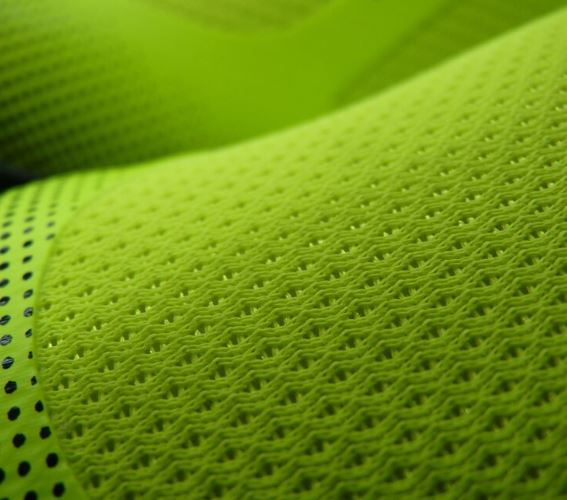Safety Vests play an important safety role in daily life and work, and can significantly improve the visibility of the wearer in low-light or complex environments. In this article, we will introduce several common fabrics of reflective vests and analyse the advantages and disadvantages of various fabrics to help you choose the right
Reflective Vest.
1. Polyester fabric Polyester is a common synthetic fibre with strong abrasion resistance and stretch resistance. In reflective vests, polyester fabric is usually used to make the main part of the vest.
Advantage: Abrasion resistant and durable;
Bright colour, not easy to fade;
Good moisture absorption and breathability, suitable for outdoor work;
Easy to wash, strong wrinkle resistance.
Disadvantage: Hard feel, may affect the wearing comfort;
Not resistant to high temperature, easy to be deformed under high temperature.

2. Cotton fabric
Cotton fabric is a natural fibre with good breathability and comfort. In reflective vests, cotton fabric is usually used to make the part that fits the skin.
Advantage: Comfortable fit and soft touch;
Good moisture absorption and breathability, suitable for wearing in humid environment;
Good flexibility and better wrinkle resistance;
Friendly to sensitive skin.
Disadvantages: Less abrasion resistance, shorter service life;
Easy to shrink, more complicated to wash and maintain.
3. polyester-cotton blended fabrics Polyester-cotton blended fabrics are woven by mixing polyester and cotton fibres, combining the advantages of polyester and cotton fabrics.
Advantage: Combines the wear resistance of polyester and the comfort of cotton;
Bright colours, not easy to fade;
Moisture absorption and breathability, suitable for outdoor work;
Easy to wash and better wrinkle resistance.
Disadvantages: The fabric is thicker, which may affect the breathability;
Deformation may occur under high temperature.
After understanding the common fabric classification of reflective vests and their advantages and disadvantages, you can choose the most suitable reflective vest for yourself according to the actual needs and use environment. Here are some suggestions:
For outdoor workers, it is recommended to choose reflective vests made of polyester or polyester/cotton blended fabrics because these fabrics have better abrasion resistance, breathability and moisture absorption, which are suitable for wearing in various environments.
For those who are prone to sweating, reflective vests made of cotton fabrics can be chosen to enhance comfort and moisture absorption.
When choosing reflective vests, you should also pay attention to the quality of reflective strips. High quality reflective strips can produce obvious reflective effect in low light environment and improve the safety of the wearer.
In addition, attention should be paid to choosing the right size and style to ensure that the reflective vest can be worn close to the body without affecting the freedom of movement.
In conclusion, when choosing reflective vests, you should fully consider the advantages and disadvantages of fabrics, actual needs and the use environment in order to buy the most suitable product for you. If you have any questions or need help, please feel free to contact us, we will provide you with professional advice and quality service.



